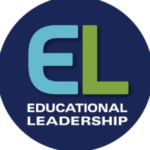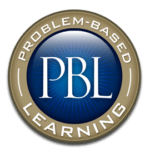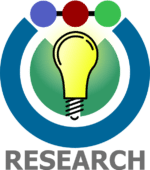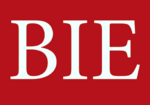Project-Based Learning
The GIANT Room in collaboration with Lysol® has created a free digital-resource series of Minilab Science Kits accessible to educators, co-designed by teachers, families, and students. The HERE for Healthy Schools program is intended to promote healthy learning about microbes and germs to reduce school absenteeism.
Activities are designed for children in grades 1 and 2.
IDEAS Empowered by Youth® PBL Curricula is a pioneering approach to youth education, ideally tailored for today’s rapidly evolving, technologically-driven, and globally connected world. The Curriculum Fundamental Training prepares educators to present PBL curricula for students. By preparing educators to instill a culture of self-directed learning, it emphasizes crucial skills that today’s youth require: effective communication, collaborative learning, creativity, critical thinking, and emotional intelligence.
Climate change is an important learning and advocacy initiative for today’s youth. This free PBL curriculum resource is an engaging and interactive curriculum tailored for grades K-12, focusing on climate change education.
In this engaging and influential program, youth will:
Learn about global climate and environmental problems, including the plastic trash crisis, pollution and its effects, the shortage of fresh water, and other health threats.
Discover how these problems affect their communities.
Explore how their personal choices affect the environment.
Create a proposal to solve a problem related to climate change or the environment in their community.
Present the proposal to experts.
Present the final version of their proposal to their peers at a culminating event
Welcome to Project S.O.W. (Seeds of Wonder): Food Gardening with Justice in Mind, a food gardening curriculum for educators who work with young people ages 13-19, centering personal growth, community connection, and equity.
The several video courses on this site provide the in-depth information needed to move into technology-based teaching.
This article describes the process of students’ learning and the depth of their cognitive engagement— rather than the resulting product—that distinguishes projects from busywork. The hypothetical project described in this article was inspired by a real project, “Media Saves the Beach,” carried out by students at High Tech High in San Diego, California. This is a great resource because it provides realistic examples for what essentials are necessary in order to create a Project Based Learning system.
The National Education Association (NEA), the nation’s largest professional employee organization, is committed to advancing the cause of public education. NEA’s 3 million members work at every level of education—from pre-school to university graduate programs. NEA has affiliate organizations in every state and in more than 14,000 communities across the United States.
Intel gives information to teachers about how to incorporate technology into the classroom and find which technologies will work well in their classrooms.
A series of STEM problem based learning curriculum and projects funded by the National Science Foundation’s Advanced Technological Education program. Each of the projects are based off of real world case studies, and the website provides videos, syllabuses, and detailed chronological steps for implementing PBL in educators curriculum.
This article highlights a teacher partnership model for professional development that’s effective in building technology, pedagogy, leadership skills, and collaboration practices that support teacher learning.
BIE creates, gathers, and shares high-quality PBL instructional practices and products. Some of the products consist of blog posts, scholarly articles, videos, and other resources such as curriculum guidelines and suggestions. Most resources on this website are free.
The innovation unit in the UK offers ideas and their models on how to provide 21st century learning in schools.









